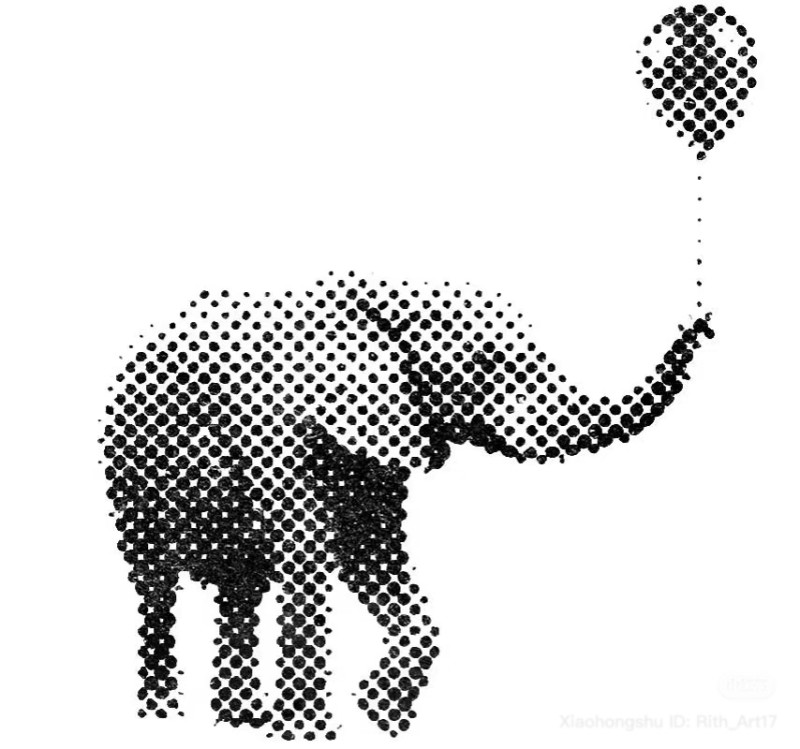What is Halftone
Halftone is a way of turning photos or shaded artwork into tiny dots so they can be printed with solid ink. Printing presses can’t print smooth shades of gray or color directly, so halftones “trick the eye” by using dots of different sizes and spacing to create the look of light and dark.
Imagine a black-and-white photo of a face. On a press, the dark areas (like the hair) are made up of many large, closely packed black dots. The lighter areas (like the cheeks) use much smaller dots with more white space between them. From a normal viewing distance, your eye blends these dots together and sees smooth shading instead of dots.
Why can’t printers just print photos directly?
Printing presses can only put down solid ink, not smooth shades. Halftone dots are the method that makes photos and gradients possible on paper.
Will I see the dots in my book?
That depends on the type of project. In high-quality artbooks, the dots are so fine they blend together and look smooth to the eye. In newspapers or low-resolution prints, the dots can sometimes be visible.
Does halftone affect image sharpness?
Yes. The finer the halftone screen (higher LPI), the sharper the image will appear. Lower halftone settings make images look rougher.
What paper works best for halftones?
Coated paper holds tiny dots well, which makes photos look crisp. On uncoated paper, the dots can spread (called dot gain), which softens the detail.
How does halftone relate to color printing?
Each CMYK color is halftoned separately at different angles. When the dots overlap, they create full-color images. This is how detailed photos can be printed using only four inks.
Do I need to prepare my files differently for halftone?
No. Your printer handles the halftone conversion. But you should provide high-resolution images (usually 300 DPI or higher), so they stay sharp when halftoned.
Is halftone something that can be adjusted?
Yes, halftones can be tuned, but usually by adjusting LPI, screen angles, and dot shape rather than a single halftone “value.”
As a customer, you’d rarely set this yourself. The printer decides based on the project, paper type, and press. For example, we’d use 200 LPI with round dots for a sharp artbook on coated paper, but maybe 150 LPI with elliptical dots for a catalog on uncoated paper.

A Demonstration Black and White Image with Round Halftone Dot

Close up of a halftone print
